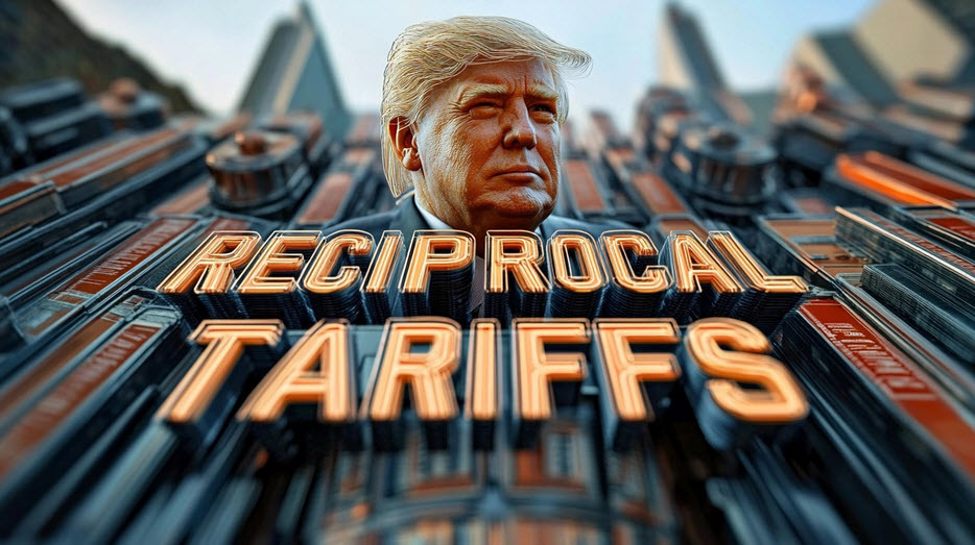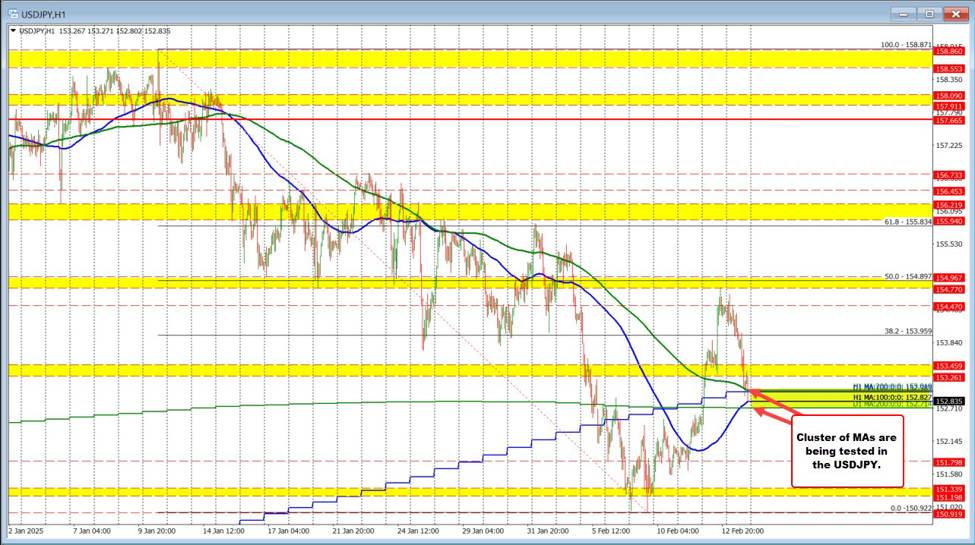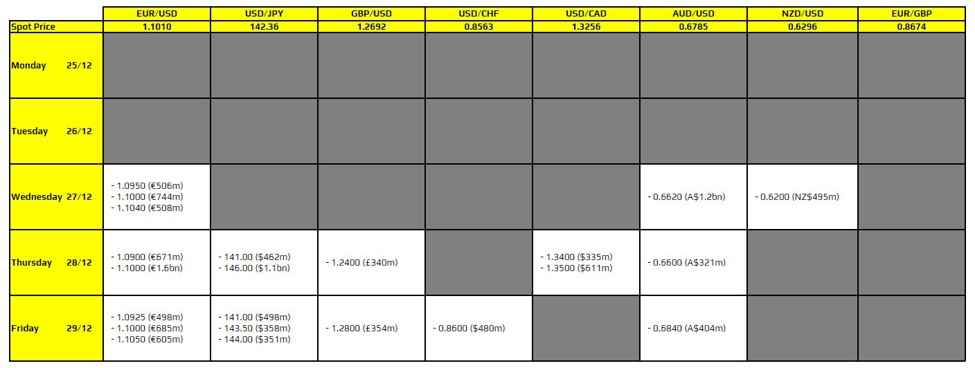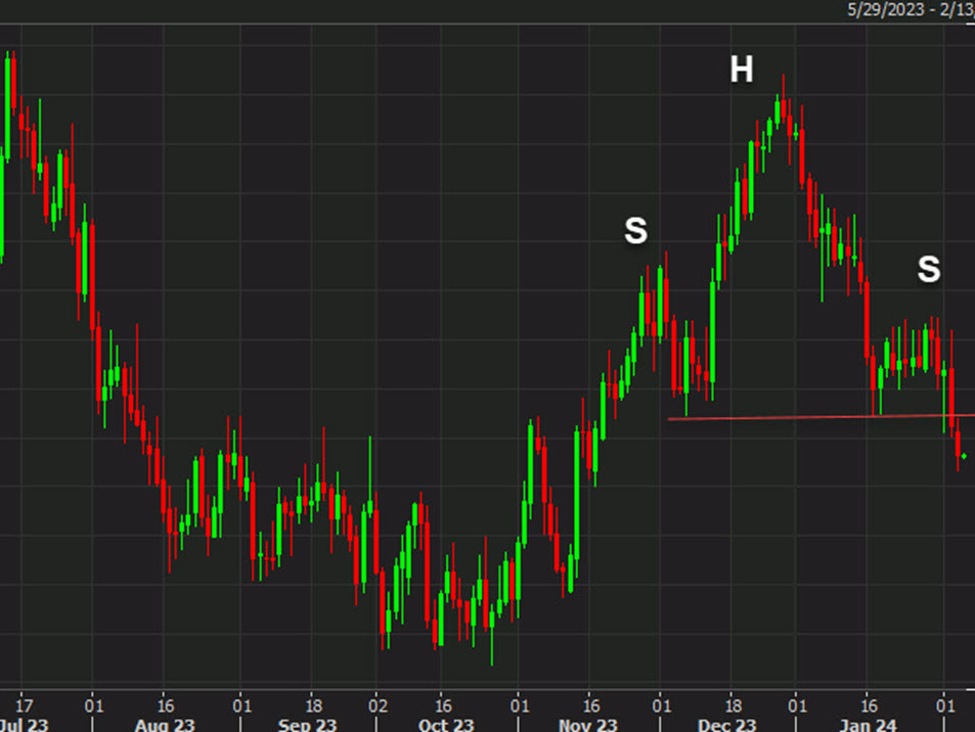It will be interesting to see what the Trump administration today says about European VAT taxes, which seem to be a focus of several administration officials including Peter Navarro.
That thinking is causing confusion because these are essentially consumption taxes.
In any case, the Tax Foundation is out with a worthwhile read explaining how European VAT taxes work in comparison to US sales taxes.
Two scenarios to illustrate.
US export to Germany:
- Ford manufactures a car in the USA and exports it to Germany.
- When the car arrives in Germany, German VAT (e.g., 19%) is applied at importation.
- A German consumer buys the car and pays the 19% VAT, just like they would for a German-made car. The VAT is kept by the selling company because it’s already pre-paid the VAT.
German car sold in Germany:
- BMW manufactures a car in Germany and sells it domestically.
- The consumer pays German VAT (19%) on the BMW and it goes to the government.
This is well-understood but for some reason the Trump administration sees it as a tariff, though it could all be posturing to set up a move to tax German car exports.














